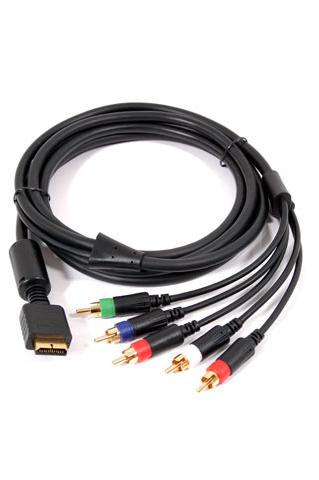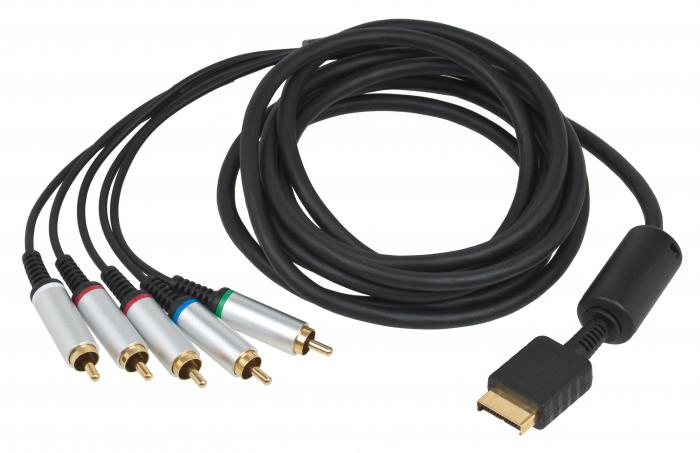The matrix of the video camera is capable of perceiving three primary colors: blue, green and red. Other colors of the spectrum are obtained by mixing these three primary. This principle is called RGB. Camcorders generate an image in this format, and then the signal is reproduced by a TV or computer monitor. By changing the intensity of the three primary colors, you can create any shade of the spectrum, and as a result, natural images appear on the screen.
What is bandwidth?
The question arises: "In what form should the video signal be transmitted?" You can use the RGB format directly for this, but it takes up too wide a frequency band. Therefore, most often such a signal is transferred to a compact format, which can be transmitted through a component cable. This format is built of three signals. The first is called a brightness pulse, in addition, it is able to carry black and white information that is contained in the original RGB. The second and third signals are called color difference. They determine the proportion of red and blue in the overall brightness. Mathematically, color difference pulses are derivatives of an RGB signal. A component cable in the overall brightness does not transmit a fraction of green. It is calculated by the values of the remaining signals, because the brightness values of blue and red colors are known. Consequently, the rest is green. When transmitting a video signal, a component cable compresses the size of the frequency band by one third of the original.

Where is component video format used?
This encoding is used when transmitting an image known as the DVD standard. Almost all DVD players have a video output, to which a three-wire component cable is connected, which ensures clear and rich colors, as well as a clear image. Most often, such players have several different types of video outputs. However, the use of such interfaces will result in high-quality component video being compressed and transmitted in the worst standard (for example, composite) to your monitor. Therefore, if your player and TV are capable of working in component video mode, it is better to use this particular standard. As a rule, such a cord consists of three RCA type connectors, which are indicated by red, green and blue colors (Y, BY, RY). If the TV and monitor have the same type of connectors, then it is important to observe the color coding. More often than not, receivers receive a component signal through a VGA port. This interface is equipped with a 15-pin D-sub connector.

Such a cord is produced by all manufacturers.
PS2 / PS3 component cable
Use this cable to connect PlayStation2 and PlayStation3 systems to a TV. The PS3 and PS2 component cable supports image output, which resolution is 576 r when a PlayStation2 device is connected. And when you connect the PlayStation3 system, the resolution is higher - up to 1080 p. This component cable is compatible with most TVs that support the input connector of this standard. In addition, the aforementioned cord has two connectors for direct connection to an audio amplifier of an audio channel. Component cable is considered one of the best interfaces for connecting a gaming system to a TV and is second only to the HDMI standard.